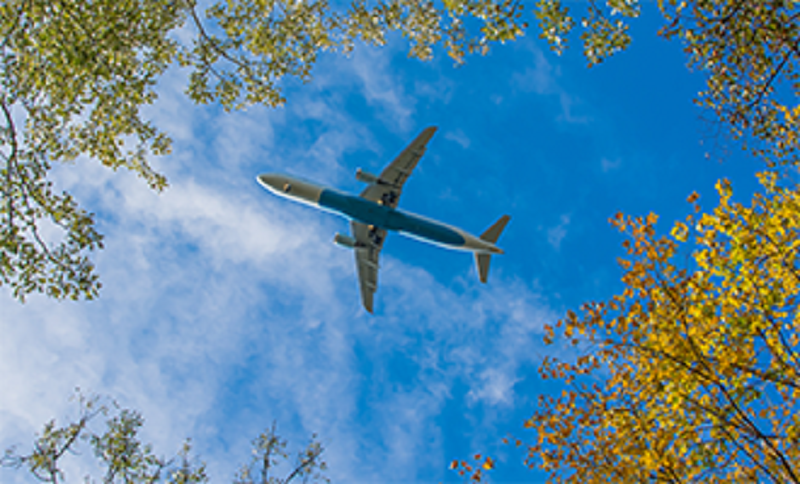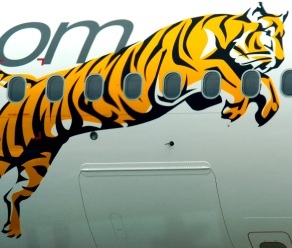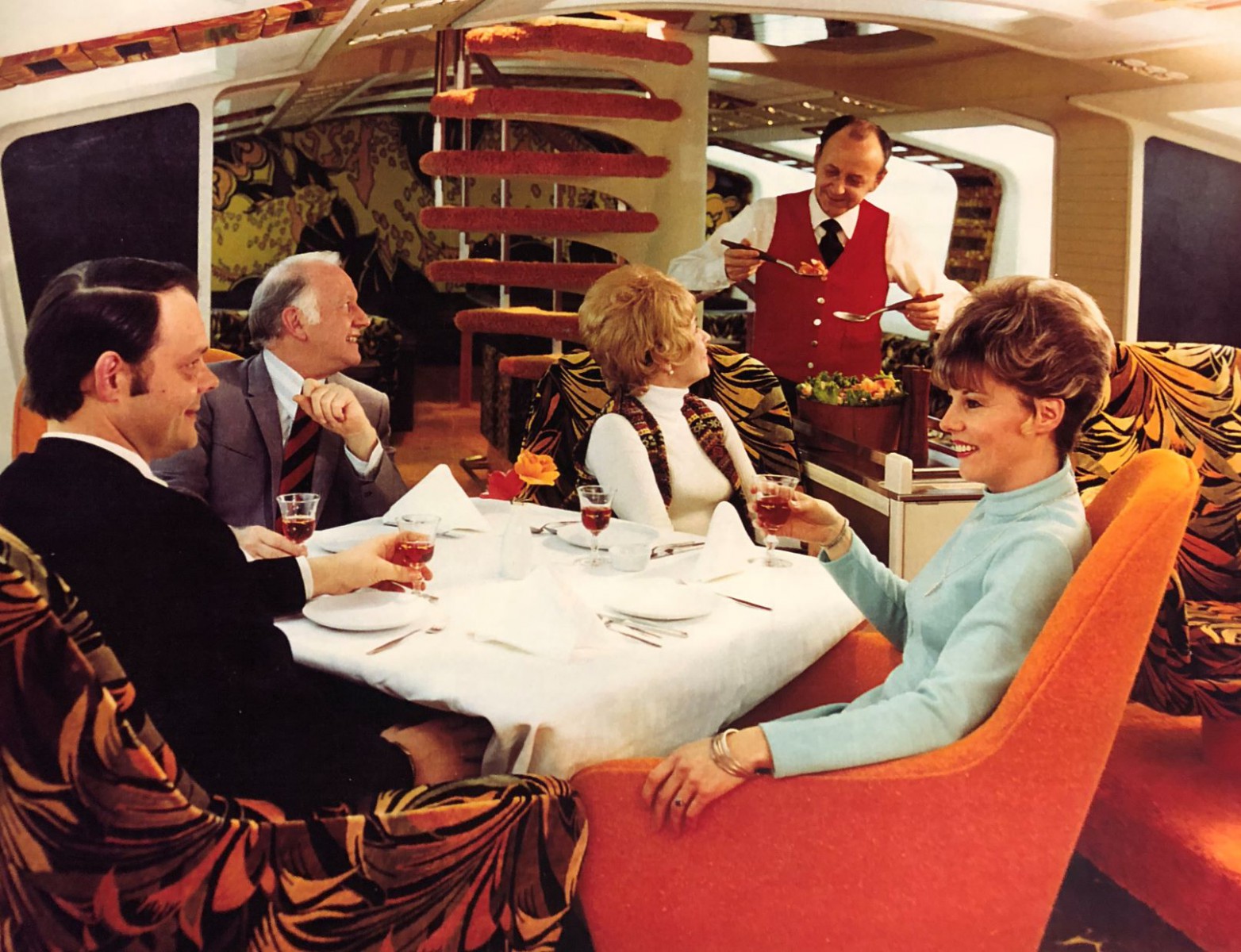Airlines sign up for net-zero carbon emissions by 2050
04 October, 2021
7 min read
Airline News

Geoffrey Thomas
By joining our newsletter, you agree to our Privacy Policy


The International Air Transport Association (IATA) 77th Annual General Meeting has approved a resolution for the global air transport industry to achieve net-zero carbon emissions by 2050. This commitment will align with the Paris Agreement goal for global warming not to exceed 1.5°C.
We publish its press release in full:
“The world’s airlines have taken a momentous decision to ensure that flying is sustainable. The post-COVID-19 re-connect will be on a clear path towards net zero. That will ensure the freedom of future generations to sustainably explore, learn, trade, build markets, appreciate cultures and connect with people the world over. With the collective efforts of the entire value chain and supportive government policies, aviation will achieve net-zero emissions by 2050,” said Willie Walsh, IATA’s Director-General.
Achieving net-zero emissions will be a huge challenge. The aviation industry must progressively reduce its emissions while accommodating the growing demand of a world that is eager to fly. To be able to serve the needs of the ten billion people expected to fly in 2050, at least 1.8 gigatons of carbon must be abated in that year. Moreover, the net-zero commitment implies that a cumulative total of 21.2 gigatons of carbon will be abated between now and 2050.
READ: Qatar gets green light for UK flights
READ: New technology tracking of MH370 to start.
READ: Qantas set to replace the regional and short-haul fleet
A key immediate enabler is the International Civil Aviation Organization’s (ICAO) Carbon Offsetting and Reduction Scheme for International Aviation (CORSIA). This will stabilize international emissions at 2019 levels in the short-to-medium term. Support for this was reaffirmed in today’s resolution.
Industry-wide Collective Efforts:
The path from stabilizing emissions to emissions reductions will require a collective effort. All industry stakeholders, including governments, must each individually take responsibility to address the environmental impact of their policies, products, and activities. And they must work together to deliver sustainable connectivity and ultimately break aviation’s dependence on fossil fuels.
“Achieving sustainable global connectivity cannot be accomplished on the backs of airlines alone. All parts of the aviation industry must work together within a supportive government policy framework to deliver the massive changes that are needed, including an energy transition. That is no different than what we are seeing in other industries. Road transport sustainability efforts, for example, are not being advanced by drivers building electric vehicles. Governments are providing policies and financial incentives for infrastructure providers, manufacturers, and car owners to be able to collectively make the changes needed for a sustainable future. The same should apply to aviation,” said Walsh.
The Plan
The strategy is to abate as much CO2 as possible from in-sector solutions such as sustainable aviation fuels, new aircraft technology, more efficient operations and infrastructure, and the development of new zero-emissions energy sources such as electric and hydrogen power. Any emissions that cannot be eliminated at the source will be eliminated through out-of-sector options such as carbon capture and storage and credible offsetting schemes.
“We have a plan. The scale of the industry in 2050 will require the mitigation of 1.8 gigatons of carbon. A potential scenario is that 65% of this will be abated through sustainable aviation fuels. We would expect new propulsion technology, such as hydrogen, to take care of another 13%. And efficiency improvements will account for a further 3%. The remainder could be dealt with through carbon capture and storage (11%) and offsets (8%). The actual split, and the trajectory to get there, will depend on what solutions are the most cost-effective at any particular time. Whatever the ultimate path to net-zero will be, it is absolutely true that the only way to get there will be with the value chain and governments playing their role,” said Walsh.
The resolution demands that all industry stakeholders commit to addressing the environmental impact of their policies, products, and activities with concrete actions and clear timelines, including:
- Fuel-producing companies bringing large-scale, cost-competitive sustainable aviation fuels (SAF) to the market.
- Governments and air navigation service providers (ANSPs) eliminating inefficiencies in air traffic management and airspace infrastructure.
- Aircraft and engine manufacturers producing radically more efficient airframe and propulsion technologies; and
- Airport operators providing the needed infrastructure to supply SAF, at cost, and in a cost-effective manner.
- 2025: With appropriate government policy support, SAF production is expected to reach 7.9 billion liters (2% of total fuel requirement).
- 2030: SAF production is 23 billion liters (5.2% of total fuel requirement). ANSPs have fully implemented the ICAO Aviation System Block Upgrades and regional programs such as the Single European Sky.
- 2035: SAF production is 91 billion liters (17% of total fuel requirement). Electric and/or hydrogen aircraft for the regional market (50-100 seats, 30-90 min flights) become available.
- 2040: SAF production is 229 billion liters (39% of total fuel requirement). Hydrogen aircraft for the short-haul market (100-150 seats, 45-120 min flights) become available.
- 2045: SAF production is 346 billion liters (54% of total fuel requirement).
- 2050: SAF production hits 449 billion liters (65% of total fuel requirement).
Next Article
3 min read
Virgin gets nod for Tiger deal

Get the latest news and updates straight to your inbox
No spam, no hassle, no fuss, just airline news direct to you.
By joining our newsletter, you agree to our Privacy Policy
Find us on social media
Comments
No comments yet, be the first to write one.
